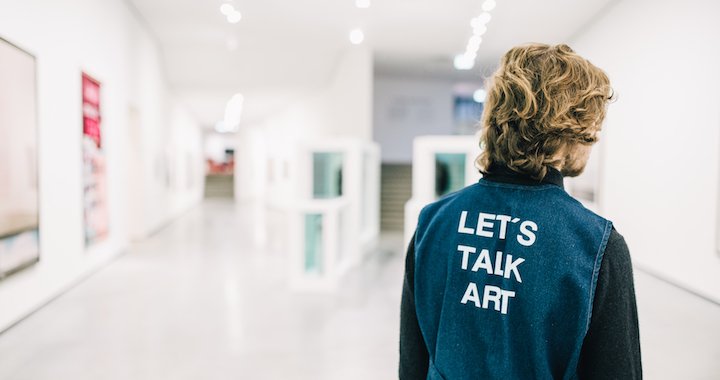
The Astrup Fearnley Museum turns 25
04/10/2018
This year one of the most notable private museums in the Nordic countries – the Astrup Fearnley Museum in Oslo – is celebrating 25 years since it was founded. Established in 1993, it was created to house the art collection of the Fearnleys, a shipping magnate family. Begun in the 1960s, the original collection consisted of works of Norwegian and international contemporary art, and is now considered one of northern Europe’s leading collections of its kind. The initiator of the collection, Hans Rasmus Astrup, first took an interest in French art; he then moved on to German expressionism and later on, to the Young British Artists. Among the works he added to the collection is the installation Mother and Child (Divided) (1993) by Damien Hirst, which was quite controversial at the time, considering that it consists of glass-walled tanks that contain the two halves of a cow and a calf, each bisected and preserved in formaldehyde.
Since its beginnings, the collection has focused on important and ground-breaking works ‘of contemporary art that push the boundaries of the artistic canon’. At the collection’s core are pieces by such prominent (and expensive) artists such as Damien Hirst, Jeff Koons, Anselm Kiefer, Richard Prince, and Cindy Sherman, among others. The museum also continues to actively follow along with the careers of the artists that they feature. Over the last few years, the collection has been supplemented with artworks by well-known artists from Brazil, Japan, China and Japan, and an emphasis has also been placed on younger artists.
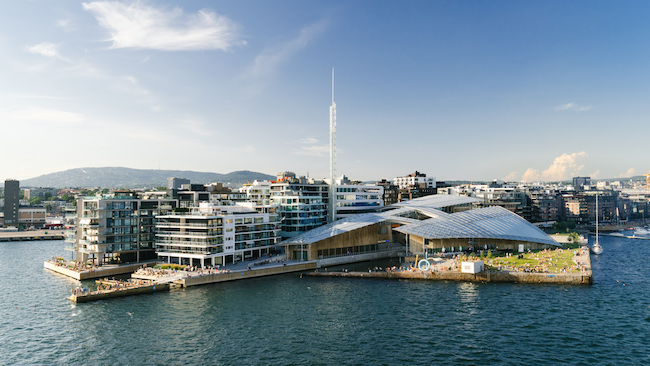
Astrup Fearnley Museum. Courtesy of Astrup Fearnley Museum
Originally the museum was housed in a wing of the Astrup Fearnley building complex, but since 2012 it is located in its own building designed by the architect Renzo Piano, in the centre of Oslo in Tjuvholmen neighbourhood and right on the waterfront. With a double glass roof resembling a sail, the new museum is split among two buildings divided by a strip of water – one contains the permanent collection, while the other is used for temporary exhibitions. When darkness falls, the museum is fully illuminated, giving the peninsula’s resident an appearance of being in constant change; during the day, it seems to turn inward on itself as it concentrates the light of the cool northern sun on its exhibition halls. The museum has its own beach, pier and sculpture park, as well as an adjacent lookout tower where, once you’ve feasted your eyes on art, you can rest them by gazing upon the Oslo skyline.
The Astrup Fearnley Museum boasts a dynamic exhibition programme and actively participates in organising various travelling exhibitions, the last two having been Imagine Brazil and Cindy Sherman – Untitled Horrors. The museum began its anniversary year with a series of exhibitions featuring notable artists already represented in the collection. Cindy Sherman was the first, followed by Richard Prince, Dan Colen, and Nate Lowman; now it is Jeff Koon’s turn. The exhibition Jeff Koons – Works from the Astrup Fearnley Collection (open through January 20) includes the trophy-level sculpture titled Michael Jackson and Bubbles (1988), which was acquired for a cool 5.1 million dollars. A book has also been released this year – Let’s Talk Art. A History of the Astrup Fearnley Museum by Sune Nordgren, a well-known curator in the Scandinavian region and former member of the museum’s board (1998-2003). Arterritory.com had the chance to chat with Nordgren shortly before his new book launched on October 9.
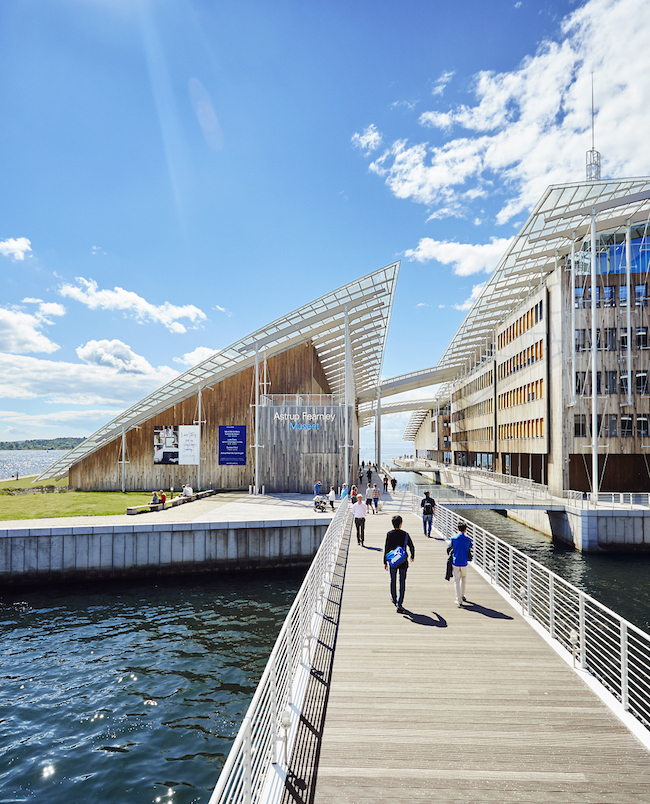
Astrup Fearnley Museum. Courtesy of Astrup Fearnley Museum
The Astrup Fearnley museum is a private museum, which is still an unusual thing in Scandinavia. How do you see the role it’s played and the impact it’s had on the region's art scene through the years?
For Norway, the Astrup Fearnley Museum (AFM) has meant a completely new era in terms of both knowledge of and appreciation of contemporary art. Norway was, even for Scandinavia, late in establishing a national museum for the art of our time – as late as 1990. Just three years later, the AFM became an important complement as both a partner and a competitor on this new and open field, and with a definitely international outlook. If you look back on these 25 years, the art scene of Oslo has completely changed, much thanks to the bold and open-minded vision of the AFM. Its impact has certainly also affected other key parts of Scandinavia.
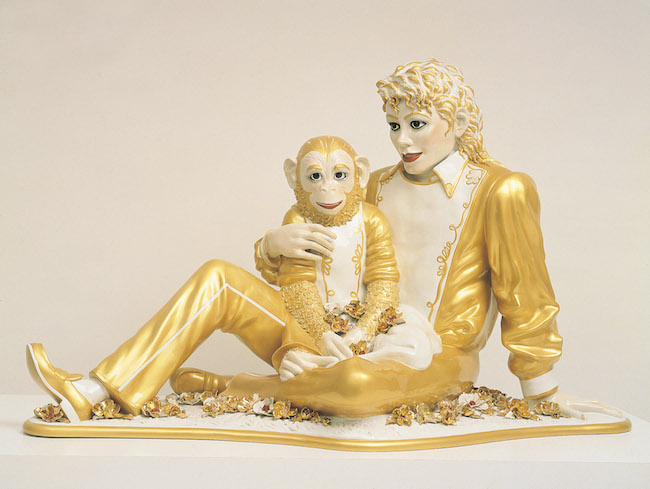
Jeff Koons. Michael Jackson and Bubbles, 1988. Courtesy by Astrup Fearnley Samlingen
When the museum's new building, designed by Renzo Piano, opened in 2012, the project’s main ambition was to put Oslo on the international contemporary art map. Has that goal been achieved?
I would definitely claim that it has. The new museum is, of course, an important part of that by being a standout building on a prominent and beautiful site on the fjord – it’s a major attraction for Oslo and visitors from all over. What has placed the AFM on the international art scene is, of course, its spectacular collection with in-depth commitment to artists like Damien Hirst, Jeff Koons, Cindy Sherman and several other dominant artists of the last decades. But more importantly, I would say that this success is due to the museum’s generous lending policies and its willingness to do collaborations with museums all over the world. On their own initiative, they have initiated a series of ground-breaking exhibitions with contemporary and emerging artists from the USA (Uncertain States of America, 2005), China (Power Station, 2007), India (Indian Highway, 2009), Brazil (Imagine Brazil, 2013), and Europé, Europé (2014), all of which also travelled to other institutions. I would say that these projects have been the major achievements responsible for bringing the AFM to the forefront of the most interesting private museums in the world. In addition, another factor has been its attitude towards establishing a very vital and open museum and not a ‘mausoleum’ dedicated to an individual collector – the latter being an unfortunate result of many private initiatives.
Could you name three exhibitions that, from your point of view, were absolute highlights in the history of the AFM?
In addition to the already mentioned reviews and focused presentations on the actual art scenes of several countries and even continents, I must mention the one-person presentations of several important artists who not only represent ‘our time’, but who have also had a huge impact on the overall development of contemporary art – such as Cindy Sherman, Sigmar Polke, and Richard Prince.
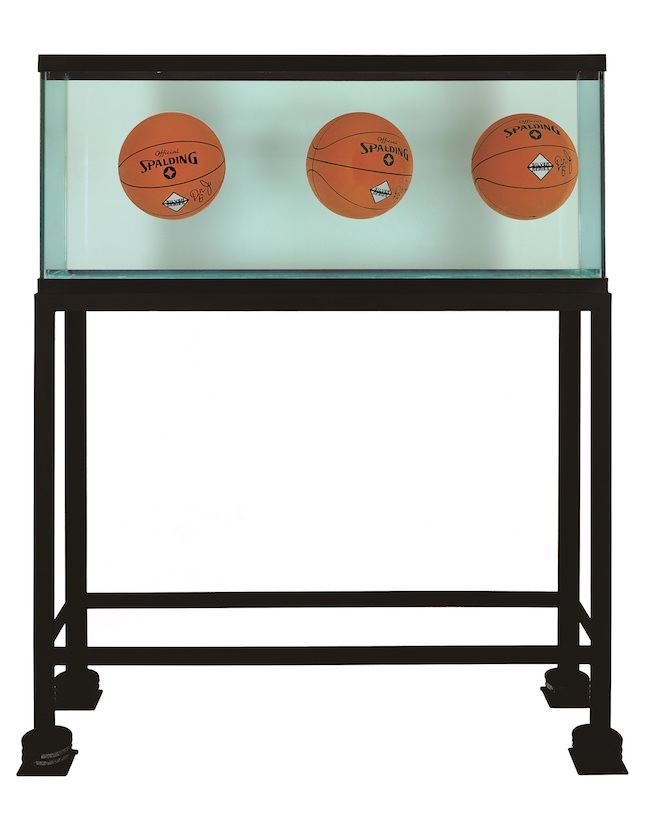
Jeff Koons. New Hoover Convertibles, New Shelton Wet?Drys 5 - Gallon Doubledecker, 1981 - 1987. Courtesy by Astrup Fearnley Samlingen
Are there any moments in the history of the AFM in which it used innovation to challenge the limits of our perception of what a museum as an institution should and can do?
As always, it is the artists that challenge the limitations of the institutions and who break the boundaries. The AFM has not hesitated to invite artists like this, and some have definitely managed to present visual experiences that would fit your description. These are artists like Matthew Barney, Olafur Eliassion, Ernesto Neto, and the Scandinavian couple Elmgreen & Dragset.
Did you make any new discoveries for yourself while working on the book about the museum’s history?
There were no big surprises since I know the museum very well and have followed its activities since the start. It was more of a confirmation of what I anticipated and appreciated most: the museum’s open attitude not only towards artists but, first and foremost, towards its audience. And the vast collection, not only of contemporary American art, which the museum is famous for, but also of new art from China, South America and Europe. And I must mention the art from Norway – the museum has always felt a certain responsibility to keep an eye on and include both established and younger artists from their home country.